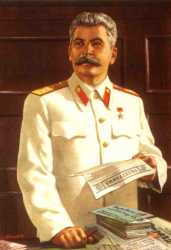>>13067035,7Everything everyone needs to know is here on the Iraqi Arab Sunni Muslim paedophile in Sweden (suphamsulu, forgotten4ever, AntiMaoosUnit, Uracil_Goblin, barooo50, orgasm123456789, Iraqi_shitposter).
archive.is/jciGqarchive.is/AVIoSMore information on the Iraqi' multi accounting here, just read the justpastes and these reddit comments which prove its him. Pictures of him are included. He is from Sweden.
As you can see the Iraqi is obsessed with Southeast Asia and Ottomans and Erdogan. Just look at this.
archive.is/l1qnK#selection-31621.0-31624.0archive.fo/wTi5AThe Iraqi has an account on powerbot called orgasm 123456789 where he made deranged comments. See how crazy he is in those justpaste links and his comments on reddit.
Freaking deranged Iraqi Arab Sunni Muslim pedo manchild posing as a man of other ethnicities like Turkish and Iranian.
